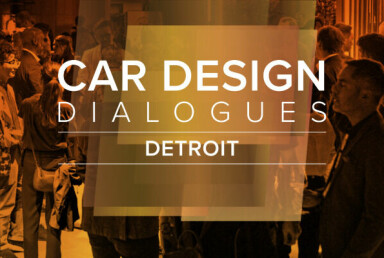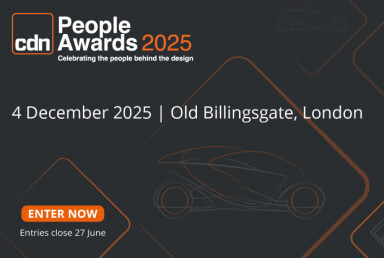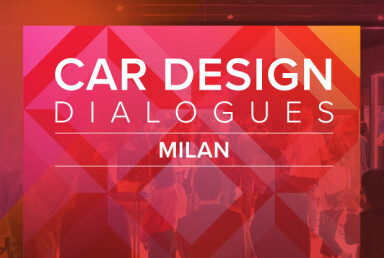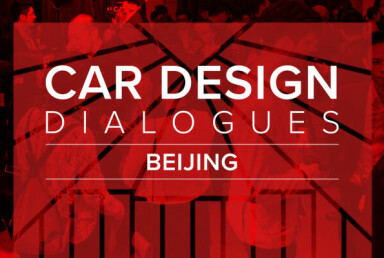Midjourney x Paint
Could AI rethink paint design?
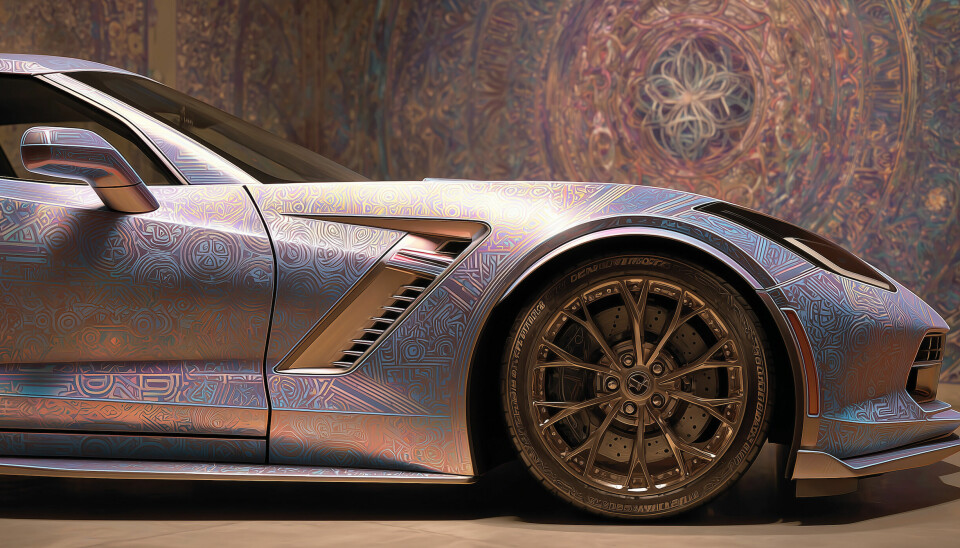
Karl Smith investigates how AI might assist the discovery of new colours and finishes
One cannot discuss the future of the automobile without the subject of artificial intelligence coming into the conversation. From conception to design development, from manufacture, and even to sales, AI is seen as integral part of the car of tomorrow.
A niche, but very important, corner of the automotive universe is paint. Beyond the issues of colour trends, designers have, in recent years, become aware of the carbon footprint of the painting process, which has brought up serious questions of the ecology of automobile manufacture.
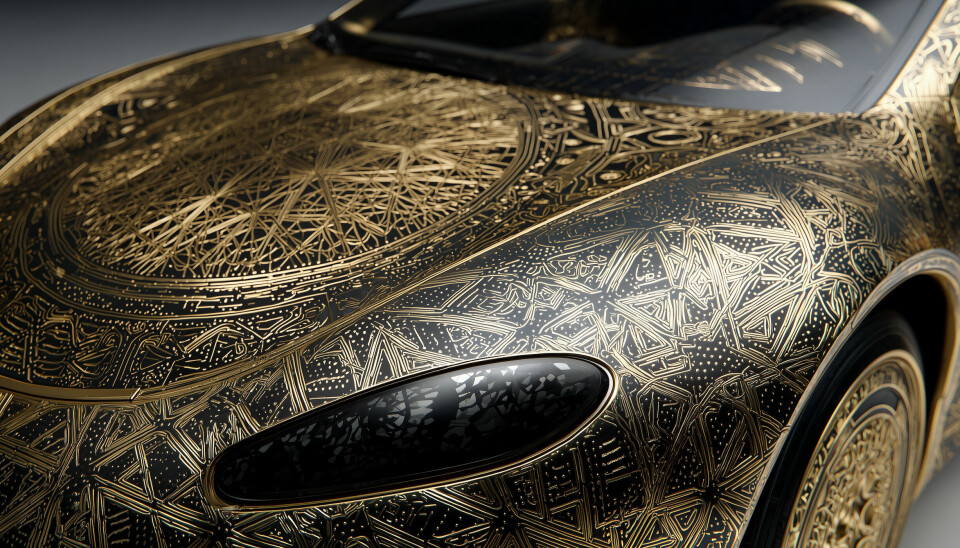
The modern paint process is already a very efficient endeavour, but could AI optimise the process further? Not only in terms of efficiency in the application of paint, but in terms colour.
The tuning of paint colours, the exploration of very subtle variations of colour, and perhaps the application of select shades of colours applied very subtly to enhance a paint scheme and overall form of future cars are all within the realm of possibility of artificial intelligence and advanced robotics, which are themselves infused with artificial intelligence.
Ideation is another possibility with artificial intelligence. Already use to a limited extent in the automotive design studios (and discussed here at CDN as our February focus of this year), AI will have a place in the future of the design process. Could that process invite a new understanding of what paint can do for the exterior presentation of a car?
We understand paint as a complement to form, and as an ensemble, make a dramatic presentation when we see an automobile at speed on the road. When parked, we are used to gazing at paint as a limpid pool of reflective colour, echoing the observation Syd Mead, once made that the car is “a sculptural mirror”.
But what if there is a field of expanded possibilities? Many cultures have a strong tradition of pattern and ornament that could be expressed in automotive design (the West did too before Modernism paved over it). Shown here in this article are examples of maximalist, ornamental, paint schemes integrating sacred geometry, zodiacs, flowers of life and Metatron’s Cube. These intricate geometries may seem strange to us, but could be welcome in many societies. And with micro-manufacturing, artificial intelligence, and hyper-local design treatments overlaid on universal platforms, the possibilities are nearly endless.
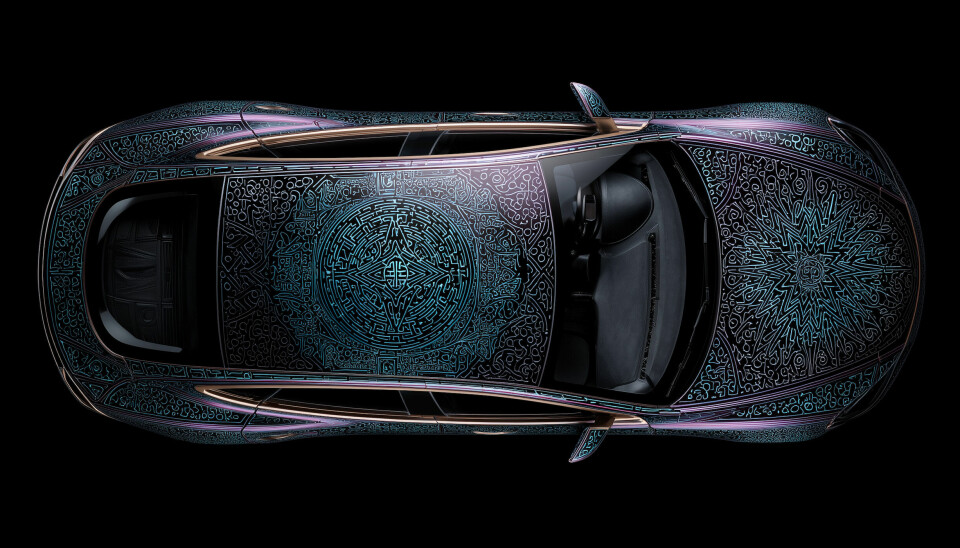
And reaching even further into the possibilities, could paint become a formgiver in automotive design? We are accustomed to paint decorating and enhancing a pre-determined form. But what if paint was part of the original generative process? What if colour has the wellspring of creation? Obviously other considerations would be in play, like packaging, drivetrain and market realities, but what if colour underpinned the entire process? Combined with advanced manufacturing, and autonomy, would the forms be different, even strange to our eyes?
Consider the works of Mark Rothko, one of the Abstract Expressionists of the New York School of the last century. He developed paintings defined by immense colour fields, that were designed to draw the viewer in and immerse them in the power of colour. Could this happen in automotive design? Obviously, a car is a more complicated and functional artefact, but having colour at its initial conception could change how we experience the final design.
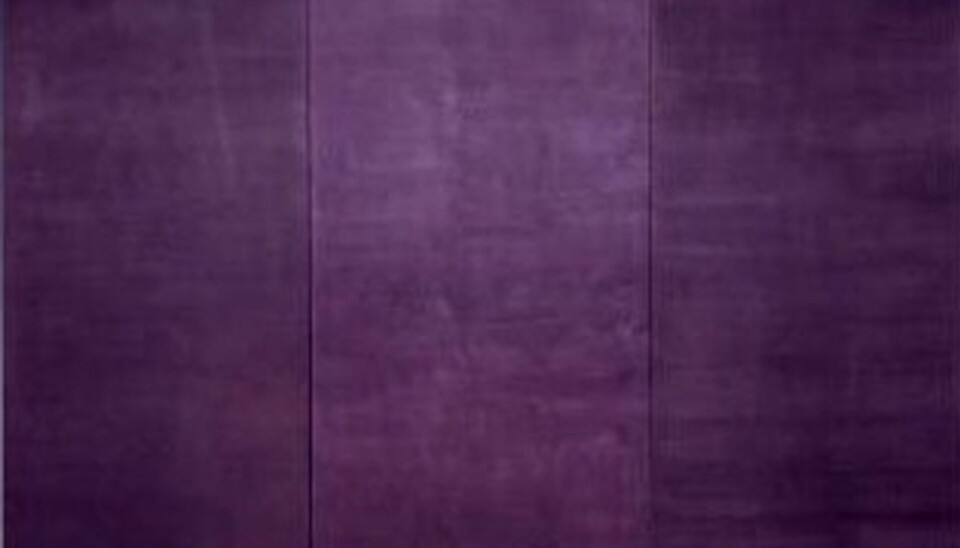
This could be an even more powerful question if 3D printing created parts or entire assemblies with integrated colour. The colour could influence the form of the parts and/or the assembly. The dialogue between colour and material and form could be very vibrant indeed.
These incredibly complex issues to contemplate- and they involve an intimate familiarity with colour, material, and packaging at both the highest and most intimate levels. Some may never see the light of day, others may find themselves realized only in a limited capacity. But it is clear that AI has the potential to transform our conception of paint design, and that the opportunities for the CMF designer of today and tomorrow, are enormous.
All illustrations by Karl Smith, with more than a little help from Midjourney.

















